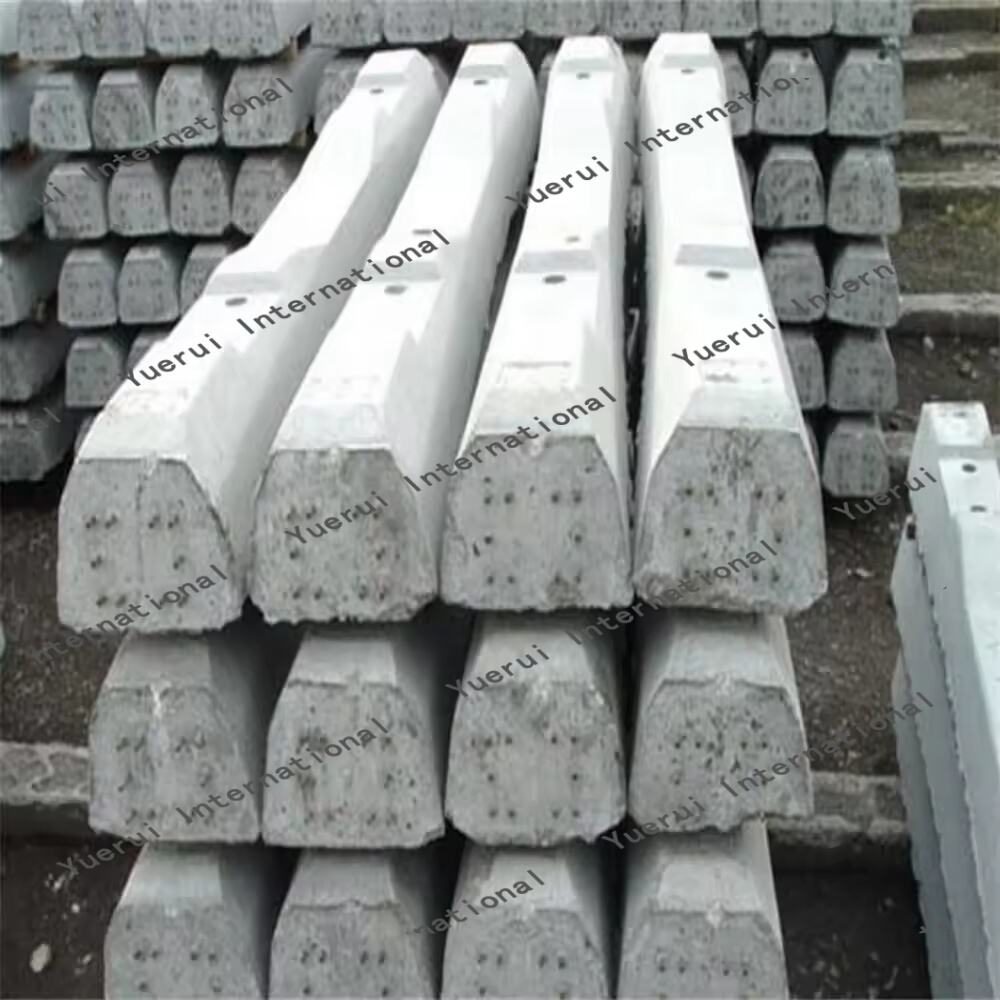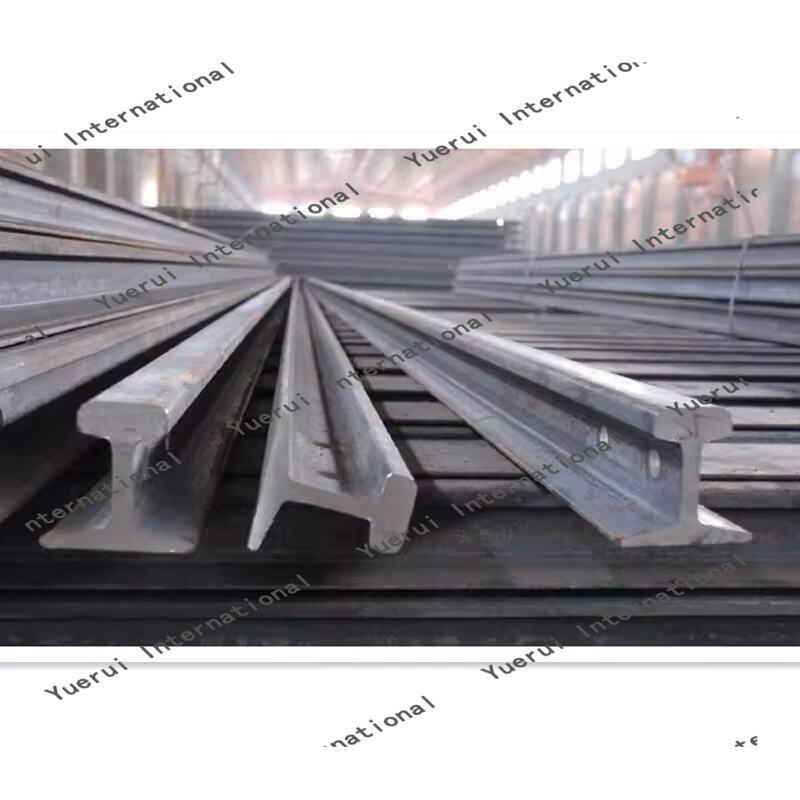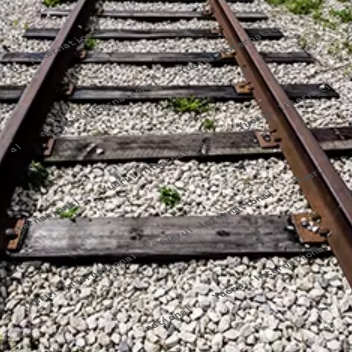railroad ties
Railroad ties, also known as railway sleepers, are fundamental components of railway infrastructure that serve as the crucial foundation for rail tracks. These robust structural elements are typically manufactured from treated wood, concrete, or composite materials, designed to support and secure steel rails while maintaining proper gauge width. Modern railroad ties incorporate advanced treatment processes and engineering principles to ensure longevity and performance under extreme conditions. They effectively distribute the immense loads from passing trains to the underlying ballast and subgrade, while simultaneously providing essential lateral stability to prevent track movement. Contemporary railroad ties feature precise dimensional specifications, typically measuring 8-9 feet in length, with standardized width and thickness to ensure compatibility across railway systems. The technological advancements in tie manufacturing have led to enhanced durability, with modern treatments offering protection against decay, insects, and environmental factors. These components play a vital role in maintaining track geometry, reducing maintenance requirements, and ensuring safe railway operations across various weather conditions and terrain types.


